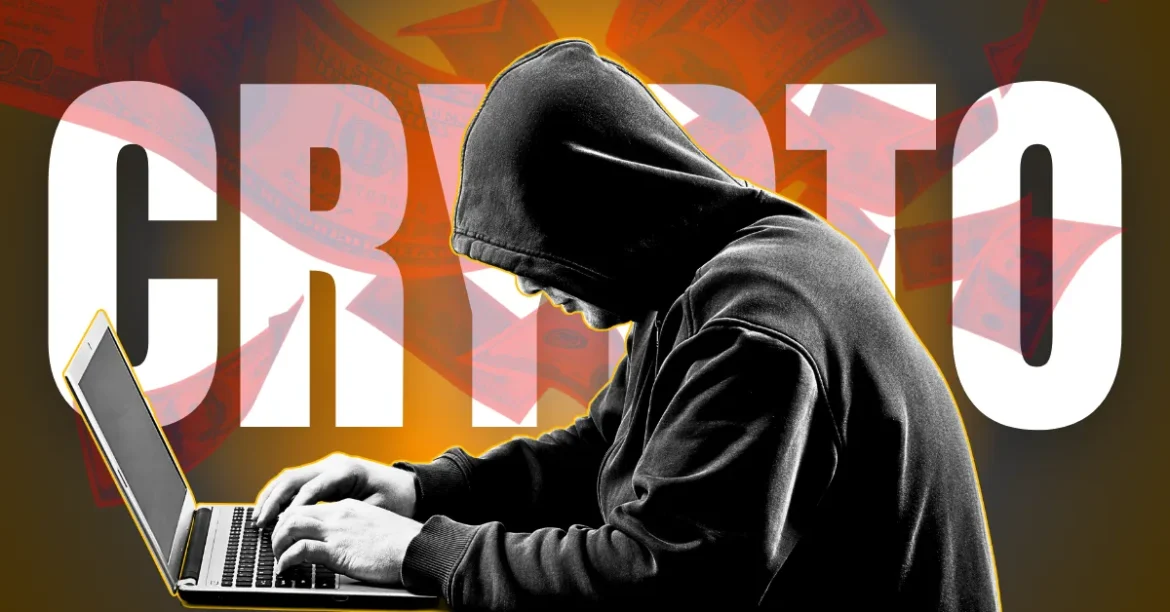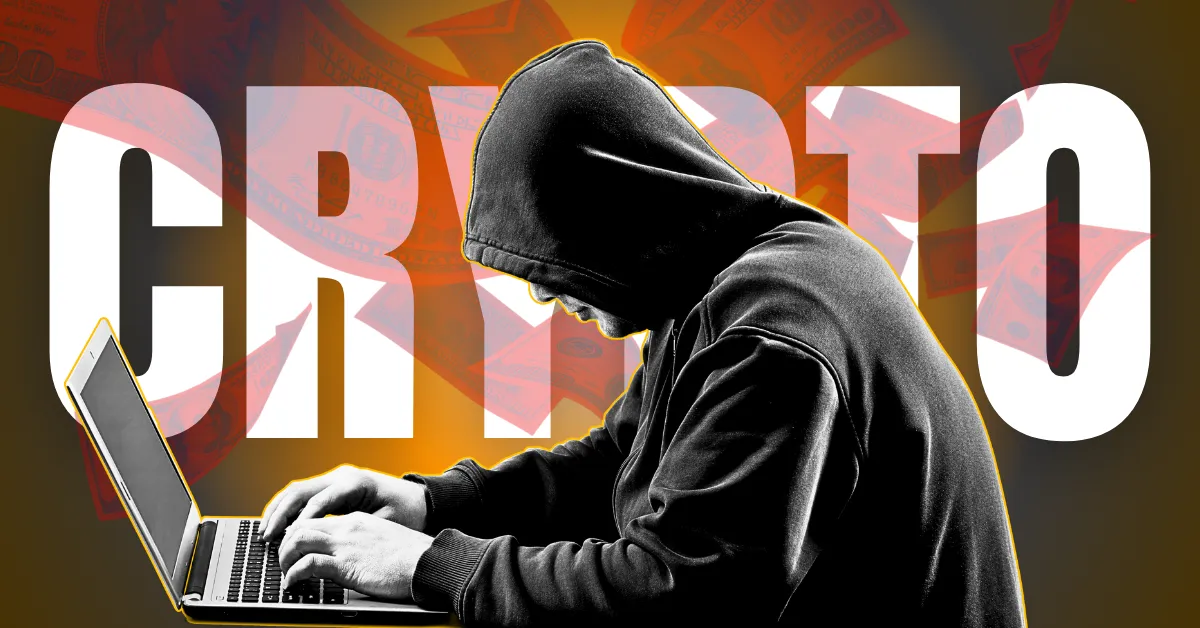Unraveling the CoinDCX Hack: A $44.2 Million Heist and Its Ripple Effects
The Incident: A Glimpse into the Breach
The cryptocurrency landscape, known for its promise of decentralization and financial autonomy, has once again been marred by a significant security breach. CoinDCX, a prominent Indian cryptocurrency exchange, found itself at the center of a storm after a staggering $44.2 million was siphoned from an internal operational wallet. The incident, brought to light by vigilant on-chain sleuths like ZachXBT, has sparked a wave of concern and introspection within the crypto community.
The attack, which occurred approximately 17 hours before it was publicly reported, targeted an internal operational wallet of CoinDCX. The exchange’s initial silence fueled speculation and criticism, but the crypto community’s watchful eye, particularly through on-chain analysis, quickly uncovered the suspicious activity. The attacker’s address was initially funded with just 1 Ether (ETH) obtained from Tornado Cash, a cryptocurrency mixer often used to obfuscate the origin of funds. A portion of the stolen funds was subsequently bridged from the Solana blockchain to Ethereum, further complicating the tracking process.
The Anatomy of the Attack: Unraveling the Method
While the exact method used to breach CoinDCX’s security remains under investigation, several potential attack vectors have been identified:
Hot Wallet Exploit
The reports suggest a possible hot wallet exploit. Hot wallets, being connected to the internet, are more vulnerable to cyberattacks compared to cold wallets (offline storage). Compromising the private keys associated with a hot wallet would grant an attacker complete control over the funds held within.
Phishing Attacks
Phishing attacks targeting employees with access to critical systems can be devastating. Attackers might use sophisticated social engineering techniques to trick employees into revealing their credentials or installing malware.
Internal Account Breach
The CEO of CoinDCX has confirmed an internal account breach. This suggests that an attacker gained unauthorized access to an internal system or account with elevated privileges, potentially allowing them to manipulate transactions or access sensitive information.
Vulnerability in Web3 Trading
Given that CoinDCX has suspended trading in its Web3 section as a precaution, a vulnerability in the Web3 trading platform itself cannot be ruled out. Web3 applications, with their reliance on smart contracts and decentralized protocols, can introduce new attack surfaces.
Compromised Private Keys
Compromised private keys can allow hackers to access digital wallets and transfer funds without authorization.
Insider Threat
Although less common, the possibility of an insider threat – a malicious employee or contractor – cannot be entirely discounted. An insider with knowledge of the exchange’s security infrastructure could potentially orchestrate a sophisticated attack.
The Aftermath: Damage Control and Community Response
In the wake of the attack, CoinDCX has taken several steps to mitigate the damage and reassure its users:
Halting Web3 Trading
CoinDCX suspended trading in its Web3 section as a precautionary measure. This is a prudent step to prevent further exploitation of any potential vulnerabilities in the platform.
Assurances of Customer Fund Safety
CoinDCX has repeatedly emphasized that customer funds remain safe and that the breach was limited to an internal operational wallet. This is crucial for maintaining user trust and preventing a potential bank run.
Investigations and Recovery Efforts
The exchange has stated that it is actively investigating the incident and working on recovery efforts. This likely involves collaborating with law enforcement agencies and blockchain analysis firms to trace the stolen funds and identify the perpetrators.
Transparency (or Lack Thereof)
The initial silence from CoinDCX following the attack drew criticism from the crypto community. Transparency and timely communication are essential during security incidents to maintain trust and prevent misinformation from spreading.
The crypto community has responded with a mix of concern, criticism, and calls for greater security measures. Many users have expressed concerns about the safety of their funds and the overall security of centralized exchanges. Others have criticized CoinDCX for its initial lack of transparency and called for a more detailed explanation of the incident.
Lessons Learned: Strengthening Crypto Security
The CoinDCX hack serves as a stark reminder of the ever-present security risks in the cryptocurrency space. Several key lessons can be drawn from this incident:
Prioritize Security Audits
Regular and comprehensive security audits are essential for identifying and addressing vulnerabilities in exchange infrastructure. These audits should cover all aspects of the exchange, including hot wallets, cold wallets, Web3 platforms, and internal systems.
Implement Robust Access Controls
Strict access controls are crucial for limiting the potential damage from internal breaches. Access to sensitive systems and data should be granted on a need-to-know basis, and multi-factor authentication should be enforced for all critical accounts.
Enhance Monitoring and Alerting
Real-time monitoring and alerting systems can help detect suspicious activity and respond to attacks more quickly. These systems should be configured to flag unusual transaction patterns, unauthorized access attempts, and other potential indicators of compromise.
Improve Incident Response Planning
Exchanges should have well-defined incident response plans in place to guide their actions in the event of a security breach. These plans should include procedures for containing the damage, notifying users, investigating the incident, and recovering stolen funds.
Embrace Decentralized Solutions
The rise of decentralized custody solutions, where users have direct control over their private keys, offers a potential alternative to traditional centralized exchanges. While these solutions are not without their own risks, they can significantly reduce the risk of exchange hacks.
Promote Transparency and Communication
Open and transparent communication with users is essential during security incidents. Exchanges should promptly disclose breaches, provide regular updates on the investigation, and offer clear guidance to affected users.
Collaboration and Information Sharing
The crypto industry needs to foster greater collaboration and information sharing to combat cybercrime. Exchanges, security firms, and law enforcement agencies should work together to share threat intelligence, investigate attacks, and bring perpetrators to justice.
The Path Forward: A Call for Greater Vigilance
The CoinDCX hack is a wake-up call for the entire crypto industry. As cryptocurrency adoption continues to grow, exchanges and other crypto platforms must prioritize security and invest in robust measures to protect user funds. This includes implementing strong technical controls, fostering a culture of security awareness, and promoting transparency and collaboration.
The incident also highlights the importance of user education. Crypto users should understand the risks associated with different types of wallets, exchanges, and DeFi platforms. They should also take steps to protect their own accounts and private keys, such as using strong passwords, enabling two-factor authentication, and being wary of phishing scams.
Conclusion: A Defining Moment for Crypto Security
The $44.2 million CoinDCX hack is more than just another security breach. It’s a defining moment that underscores the urgent need for greater vigilance and stronger security measures in the crypto industry. While the long-term impact of this incident remains to be seen, it’s clear that the crypto community must learn from this experience and work together to create a safer and more secure ecosystem for everyone. Only through collective action and a commitment to security can we ensure that the promise of cryptocurrency is not undermined by the persistent threat of cybercrime.





